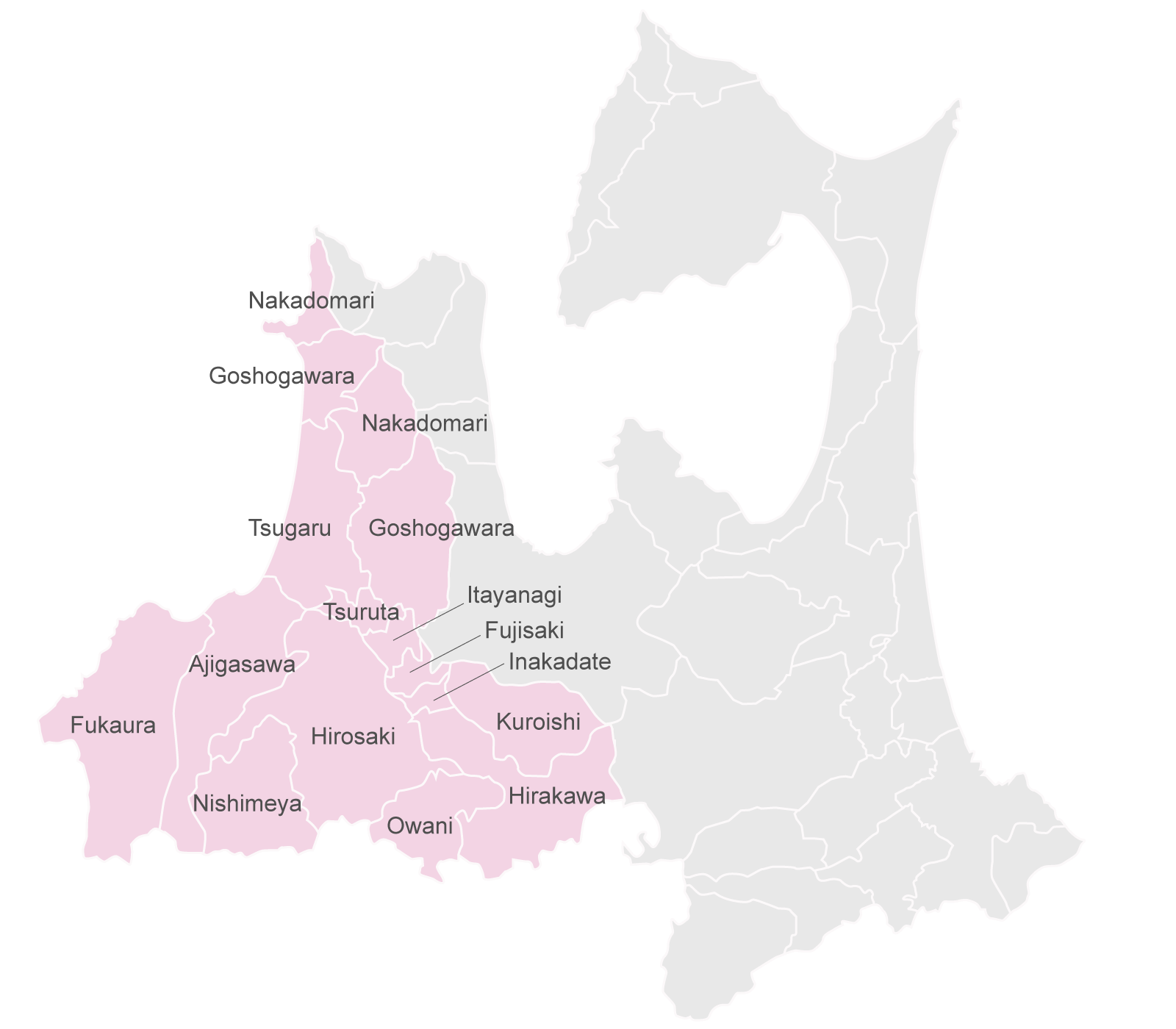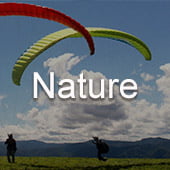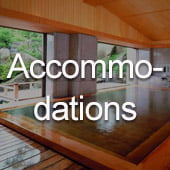Clan PEONY Tsugaru
General Incorporated Association Clan PEONY Tsugaru is a Destination Management / Marketing Organization (DMO) consisted of 14 municipalities in the Tsugaru region*1 of Aomori. DMOs involve various local leaders and take the helm in promoting tourist area development with a scientific approach.
*1 14 Municipalities of Tsugaru region: Hirosaki, Kuroishi, Goshogawara, Tsugaru, Hirakawa, Ajigasawa, Fukaura, Nishimeya, Fujisaki, Owani, Inakadate, Itayanagi, Tsuruta, Nakadomari

Vision and Goals of Clan PEONY for the Tsugaru Region
Make Tsugaru a chosen destination 10 to 20 years from now through interaction between residents and tourists
- Develop human resources for tourism to lead the future of the industry in the Tsugaru region as a medium- to long-term goal.
- Make Tsugaru an attractive tourist destination and increase the number of residents who are attached to and proud of the region (civic pride)
Be an organization that “link” the region by leveraging the power of the private sector and local residents
- In this region, the focus of DMO is on fostering local private sector’s growth through cooperation and collaboration with various stakeholders in the region, and not profit-making activities for the DMO.
Each party fulfill their respective roles while cooperating and collaborating
- Existing organizations will continue to play their respective roles and tasks. However, if it is determined that the DMO should be responsible for such tasks through consultation with various stakeholders, consideration will be given to the consolidation or elimination of existing tasks and organizations.
Name Origins
General Incorporated Association Clan PEONY Tsugaru
Clan PEONY is a combination of the English words “clan” and “peony.” The term “clan” means “tribe,” “fellowship,” or “domain,” and “peony” is the flower of the Tsugaru region.
The name “Clan PEONY Tsugaru” was chosen to express the goal that the Tsugaru region will be revitalized by the residents themselves and bloom into a large flower like a peony in 10 to 20 years’ time. Each flower petal represents the thoughts and feelings of each and every one of the residents toward this region coming together.
Word Selection
The Tsugaru region has a long history and culture dating back to the prehistoric Jomon period. During the feudal era, Tamenobu Tsugaru gained rule in this area and named his clan “Tsugaru-han.” The Tsugaru family used “gyoyobotan” or apricot leaf peony in their family crest, also known as “Tsugaru Peony,” as a reference to its regional origin.
Thoughts Behind the Naming
It is our hope that our fellow residents in the 14 municipalities of Tsugaru will join us to unite as one region and take the necessary steps toward the future in response to the rapidly declining population and aging society, the lack of local leaders, and the challenges of passing on the history and culture nurtured in the region. We will work together with these three core initiatives.
- Congregate unique attraction and tourism resources
- Nurture human resources to effectively utilize available resources
- Create a system that fosters the earning power of the region
These three core initiatives will guide our activities so that each and every one in the region can be proud of their beloved home.
About the Logo

The Tsugaru clan crest has 14 leaves on the sides of the flower. We found it fitting to adopt the design motif of “apricot-leaf peony” of the Tsugaru clan since the same number of municipalities as the leaves of the peony are participating in the DMO. It is our hope that each municipality will take the stage and inspire the audience.
Our logo design consists of 14 petals, each representing a municipality, and at the top is Mount Iwaki, the symbol of Tsugaru, with a total of 15 petals. The petals are designed to look like a tight scrum to depict the cooperation and collaboration as one team toward a common goal.
Organization Overview
| Organization Name | General Incorporated Association Clan PEONY Tsugaru |
|---|---|
| Date Established | April 1, 2020 |
| Number of Employees | 6 (as of April 1, 2021) |
| Japanese DMO Registration | Registered DMO (registered on March 27, 2022) |








